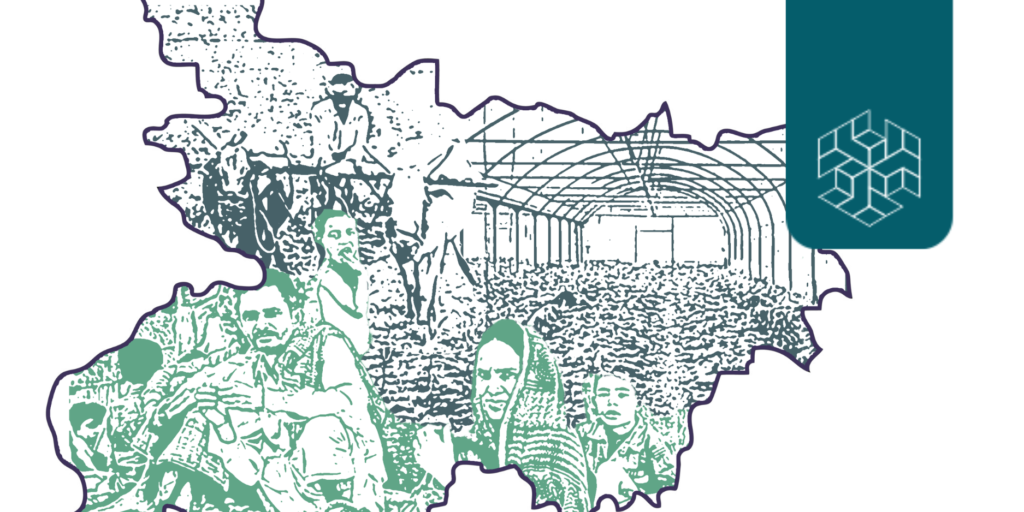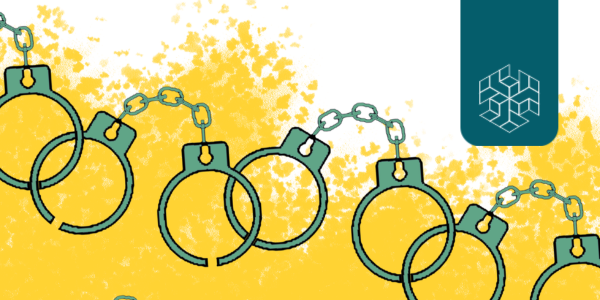Authored by – Jenny Susan John, Nikhil Varghese Mathew
Edited by – Kavita Majumdar and Priyamvada Chaudhary
ABSTRACT
India’s caste system is one of the oldest surviving social hierarchies in the world. The oppressive conditions faced by marginalised caste populations under this system have been well documented. This Issue Brief, the second in SPRF’s series on Inequality in India, examines the current debate surrounding caste-based reservations by looking at the comparative socio-economic standing of India’s Scheduled Caste and Other Backward Classes citizenry. Our analysis seeks to delineate the same in terms of wealth and income status, attainment of educational objectives, and contemporary labour market cleavages.
CONTEXT
The caste system in India, which divides the population into rigid hierarchical groups based on work (karma) and duty (dharma), has been around for over 3000 years. This segmentation, decided by birth, permeates every element of social reality. It is stacked up against the marginalised castes and those historically considered outside the varna system while favouring the Upper Castes (UCs).
The system has been used, both morally and legally, as an instrument to justify the privileges and better socio-economic opportunities and outcomes for the UCs. Meanwhile, those at the bottom of the varna ladder and outside it have been socially marginalised with unequal access to education and employment opportunities, leading to widening gaps in the economic sphere (Ambedkar 2002).
While upward mobility within the varna hierarchy is not entirely impossible, rigid social norms have been mostly successful in keeping this stratification alive. The condemnation for violating these norms can be quite severe, ranging from social ostracism to punitive violence. In recent times, crimes against Dalits have increased from less than 50 per million in the 2000s to 223 per million in 2015 (National Crime Records Bureau 2016), with the community often being punished for trying to break free from this oppressive system (PTI 2016, Raju 2020).
DEBATE AROUND CASTE-BASED RESERVATIONS
The Indian government officially recognises historically disadvantaged and socially isolated communities under the designation of Scheduled Castes (SCs), Scheduled Tribes (STs), and Other Backward Class (OBCs). Constitutional provisions such as Article 151, Article 172, and caste-based reservations seek to provide representation for these groups in the domain of education, employment, and politics through quotas. A contentious issue in the Indian polity, the reservation system has been accused of being a populist measure, one used by politicians to build their vote banks based on caste identities (Saeed 2007; Bergunder 2004).
In recent decades, more and more groups have been demanding reclassification from OBCs to SC/STs like the Gujjar community in Rajasthan, or from UCs to OBCs such as the Jat community from North India and the Patidar community from Gujarat, to be able to gain access to the benefits of reservation. These demands are recurrently followed by violent protests and agitations, leading to loss of civilian lives and excessive damage to public property (IANS 2016; Rajalakshmi 2011). While these caste groups are not considered socially backward and are highly likely to have better economic outcomes, their insistence for reclassification has been rationalised by some through a sense of competition for scarce resources (Bharti 2018).



